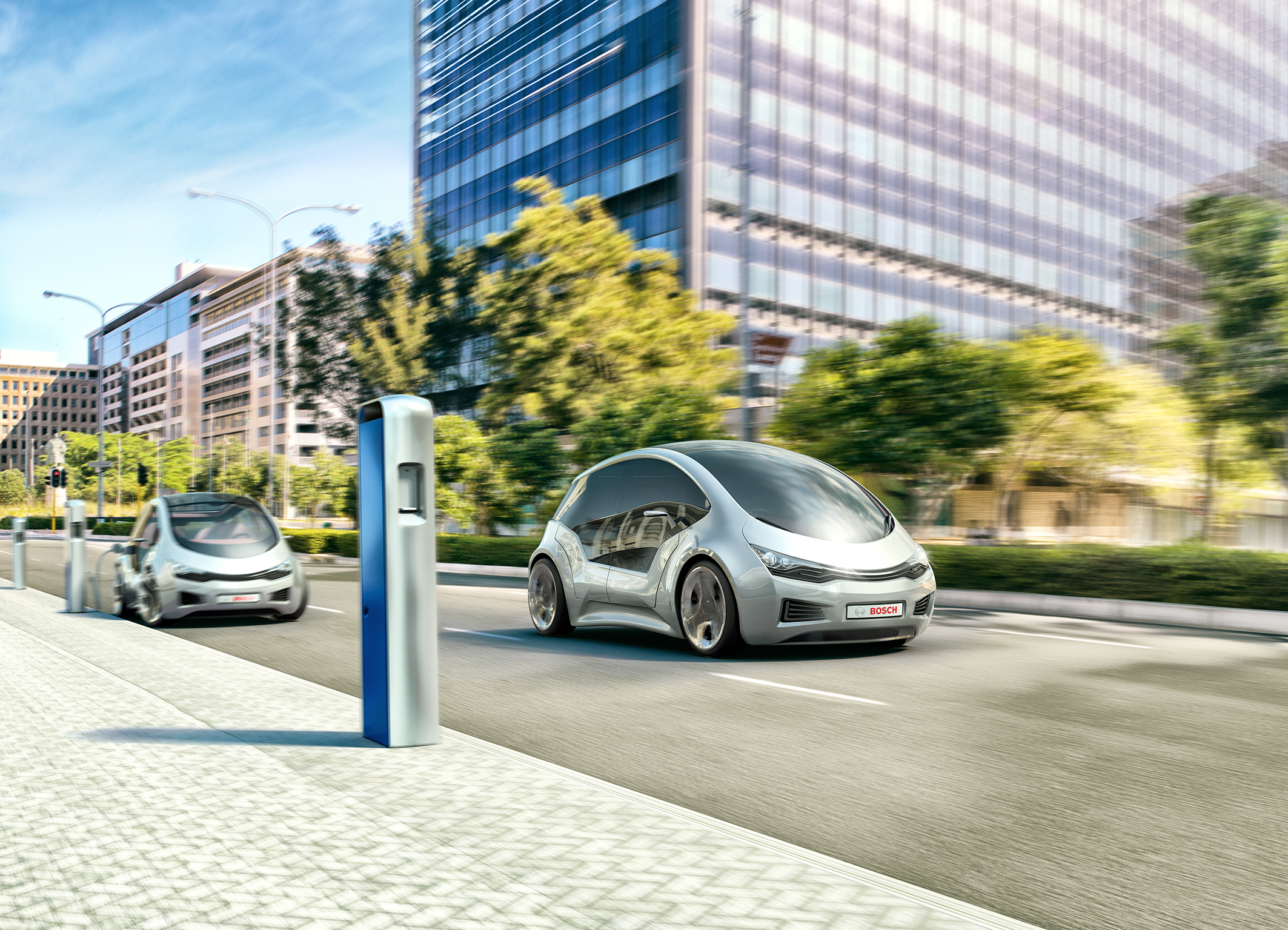"VM 2030: Shaping The Future Of Mobility Through Sustainable And Innovative Solutions" has published today to draw attention to the pressing need for sustainable and innovative mobility solutions in this modern fast growing world.
Editor's Notes: "VM 2030: Shaping The Future Of Mobility Through Sustainable And Innovative Solutions" have published today date".
It is becoming increasingly important for businesses, cities, and individuals to adopt sustainable practices to reduce their environmental impact. One of the most significant areas where sustainability can be improved is in the transportation sector.
This guide provides a comprehensive overview of the most promising sustainable and innovative mobility solutions available today. We hope that this information will help you make informed decisions about how to reduce your environmental impact and contribute to a more sustainable future.

The Sustainable Development Goals – a framework for everyone, even SMEs - Source www.thersa.org
Key differences or Key takeways
The following table provides a summary of the key differences between the different types of sustainable and innovative mobility solutions:
| Type | Benefits | Drawbacks |
|---|---|---|
| Electric vehicles | Zero emissions, lower operating costs | Higher upfront costs, limited range |
| Hybrid vehicles | Reduced emissions, improved fuel economy | Higher upfront costs than conventional vehicles |
| Public transportation | Reduced traffic congestion, lower emissions | Can be inconvenient, limited routes |
| Ride-sharing | Reduced traffic congestion, lower emissions | Can be unreliable, safety concerns |
| Walking and biking | Zero emissions, improved health | Can be inconvenient, limited range |
Transition to main article topics
The main article topics that will be covered in this guide include:
- The benefits of sustainable and innovative mobility solutions
- The challenges of implementing sustainable and innovative mobility solutions
- The future of sustainable and innovative mobility
We believe that this guide will be a valuable resource for anyone who is interested in learning more about sustainable and innovative mobility solutions. We hope that you will use this information to make informed decisions about how to reduce your environmental impact and contribute to a more sustainable future.
FAQ
This comprehensive FAQ section aims to provide clear and informative answers to commonly asked questions regarding "VM 2030: Shaping The Future Of Mobility Through Sustainable And Innovative Solutions."

صور رويه 2030 / خلفيات رؤية 2030 | المرسال - Source gaskan88slotterpercaya.com
Question 1: What is the overarching goal of VM 2030?
Answer: VM 2030 is a comprehensive initiative that seeks to revolutionize the mobility landscape by promoting sustainable and innovative solutions across various modes of transportation.
Question 2: What are the key pillars of VM 2030?
Answer: VM 2030 focuses on four primary pillars: decarbonization, digitalization, integration, and inclusivity, each of which plays a crucial role in shaping the future of mobility.
Question 3: How does VM 2030 envision the future of mobility?
Answer: VM 2030 anticipates a future where mobility is characterized by minimal environmental impact, seamless connectivity, efficient coordination between different modes of transport, and accessibility for all.
Question 4: What are some specific examples of sustainable mobility solutions being developed through VM 2030?
Answer: VM 2030 supports initiatives such as the development of electric and hydrogen-powered vehicles, the implementation of smart traffic management systems, and the expansion of public transportation networks.
Question 5: How can individuals and organizations contribute to the success of VM 2030?
Answer: Embracing sustainable mobility practices, advocating for innovative solutions, and actively participating in stakeholder engagement opportunities can significantly contribute to the realization of VM 2030's goals.
Question 6: Where can I learn more about VM 2030 and its ongoing progress?
Answer: For the most up-to-date information on VM 2030 and its transformative initiatives, please visit the official website: VM 2030: Shaping The Future Of Mobility Through Sustainable And Innovative Solutions.
In conclusion, VM 2030 serves as a roadmap towards a more sustainable and innovative mobility ecosystem. By addressing key concerns and misconceptions, this FAQ section aims to empower individuals and organizations to actively participate in shaping the future of mobility.
Transitioning to the next article section...
Tips
In its 2030 report, VM highlights the significance of integrating sustainability and innovation for the future of mobility.

England funderar på att söka VM 2030 - Radiosporten | Sveriges Radio - Source sverigesradio.se
Tip 1: Embrace Sustainable Energy Sources
Transition to electric or hybrid vehicles, explore biofuels, and invest in renewable energy infrastructure for charging stations.
Tip 2: Promote Public Transportation and Ride-Sharing
Enhance public transit systems, provide incentives for ride-sharing, and develop dedicated lanes for buses and carpools.
Tip 3: Leverage Data and Technology
Utilize data analytics for traffic optimization, smart parking, and predictive maintenance of vehicles and infrastructure.
Tip 4: Encourage Active Mobility
Promote walking and cycling by improving infrastructure, providing incentives, and raising awareness of their benefits.
Tip 5: Invest in Infrastructure
Modernize roads, bridges, and charging infrastructure to support electric vehicles and autonomous technologies.
Tip 6: Collaborate and Innovate
Foster collaboration between government, industry, and academia to drive innovation in sustainable mobility solutions.
Tip 7: Promote Behavioral Change
Educate the public about the environmental and economic benefits of sustainable mobility, encouraging them to adopt eco-friendly habits.
Tip 8: Encourage Flexibility and Intermodality
Enable seamless transfers between different modes of transportation, such as trains, buses, and ride-sharing, fostering a more efficient and accessible mobility network.
By implementing these tips, we can create a more sustainable, innovative, and accessible mobility system for the future.
VM 2030: Shaping The Future Of Mobility Through Sustainable And Innovative Solutions
VM 2030, a strategic initiative, envisions a future where mobility is sustainable, efficient, and accessible for all. This comprehensive plan focuses on six key aspects:
- Sustainable Transportation: Promoting eco-friendly modes of transport, such as electric vehicles and public transit.
- Intelligent Infrastructure: Developing smart and connected infrastructure to optimize traffic flow and improve safety.
- Digitalization: Leveraging technology to enhance mobility services, such as ride-sharing and autonomous vehicles.
- Collaboration: Fostering partnerships between governments, industries, and communities to drive innovation.
- Diversity and Inclusion: Ensuring equitable access to mobility solutions for all, regardless of age, ability, or background.
- Economic Development: Stimulating economic growth through investments in mobility infrastructure and services.
These aspects work synergistically to transform the mobility landscape. For instance, sustainable transportation reduces environmental impact while intelligent infrastructure improves traffic flow, reducing congestion and emissions. Digitalization enhances convenience and efficiency through real-time information and automated services. Collaboration drives innovation by pooling resources and expertise. Diversity and inclusion fosters a sense of belonging and ensures that mobility solutions meet the needs of all citizens. Economic development creates jobs and supports businesses, making mobility a catalyst for growth.
VM 2030: Shaping The Future Of Mobility Through Sustainable And Innovative Solutions
The "Vision for Mobility 2030 (VM 2030)" is a comprehensive roadmap that outlines the future of mobility, with a focus on sustainability and innovation. It is a multifaceted program that encompasses various aspects of transportation, including infrastructure, technology, and policy. This is an ambitious initiative that aims to transform the mobility landscape, promoting sustainable practices while fostering innovation in the field.

Sustainable mobility: 5 smart solutions | Bosch Global - Source www.bosch.com
One of the key aspects of VM 2030 is its emphasis on sustainability. The program recognizes the environmental impact of transportation and aims to reduce greenhouse gas emissions and promote clean energy sources. By encouraging the adoption of electric vehicles, improving public transportation, and promoting walking and cycling, VM 2030 strives to make mobility more environmentally friendly.
Additionally, VM 2030 places great importance on innovation. The program seeks to promote technological advancements and encourage the development of new and innovative solutions for mobility challenges. This includes investing in research and development, supporting startups, and fostering collaboration between industry and academia. By fostering innovation, VM 2030 aims to drive the development of more efficient, safer, and accessible transportation systems.
VM 2030 is a comprehensive and forward-looking program that has the potential to transform the future of mobility. By prioritizing sustainability and innovation, this program aims to create a transportation system that is both environmentally friendly and technologically advanced. Its successful implementation will have a significant impact on our cities, our economies, and our planet.
Conclusion
VM 2030 is a visionary program that provides a roadmap for the future of mobility. By emphasizing sustainability and innovation, this program aims to transform the transportation landscape, making it more environmentally friendly, technologically advanced, and accessible.
The successful implementation of VM 2030 will require collaboration between governments, industry, and academia. It will also require a shift in consumer behavior, with a focus on adopting sustainable practices and embracing new technologies. By working together, we can create a future where mobility is both sustainable and innovative, benefiting our cities, our economies, and our planet.